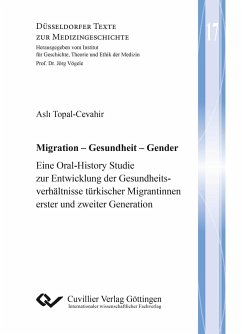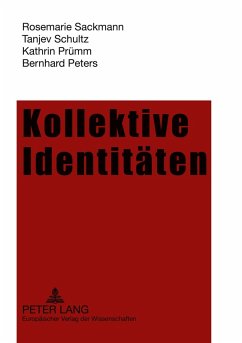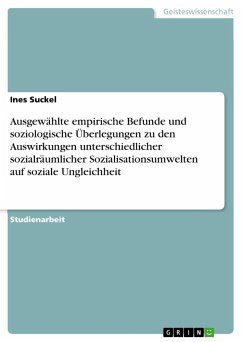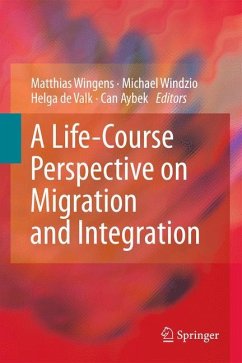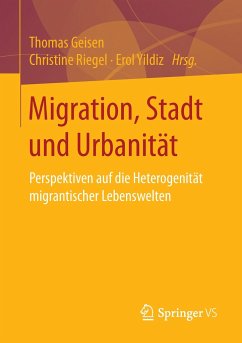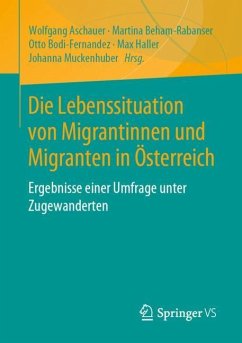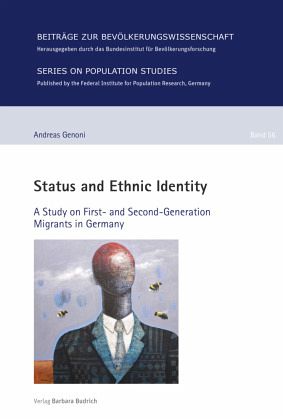
Status and Ethnic Identity
A Study on First- and Second-Generation Migrants in Germany

PAYBACK Punkte
0 °P sammeln!
Die Identität von Migrant_innen und ihre Zugehörigkeit zu einer Minderheit oder zur Mehrheitsgesellschaft ist ein kontroverses politisches Thema, das Einblicke in die Herausforderungen der Integration und des sozialen Zusammenhalts bietet. Ausgehend von einem zweidimensionalen Modell der ethnischen Identität fragt das Buch nach der Rolle des sozialen Status für die Identifikation von Migrant_innen mit ihrer Herkunftsgruppe und der Mehrheitsbevölkerung. Der Schwerpunkt liegt dabei auf Unterschieden zwischen den Generationen, der Sichtbarkeit von Migrant_innen, der Diskrepanz zwischen den S...
Die Identität von Migrant_innen und ihre Zugehörigkeit zu einer Minderheit oder zur Mehrheitsgesellschaft ist ein kontroverses politisches Thema, das Einblicke in die Herausforderungen der Integration und des sozialen Zusammenhalts bietet. Ausgehend von einem zweidimensionalen Modell der ethnischen Identität fragt das Buch nach der Rolle des sozialen Status für die Identifikation von Migrant_innen mit ihrer Herkunftsgruppe und der Mehrheitsbevölkerung. Der Schwerpunkt liegt dabei auf Unterschieden zwischen den Generationen, der Sichtbarkeit von Migrant_innen, der Diskrepanz zwischen den Status und der Situation im Aufnahmeland. Die Ergebnisse zeigen Formen ethnischer Identität, die über die klassische Annahme der gegenseitigen Ausschließlichkeit hinausgehen, was auf eine Minderheitenidentität bei Migrant_innen mit niedrigem Status und eine Mehrheitsidentität bei Migranten mit hohem Status hindeutet.
Dieser Artikel kann nur an eine deutsche Lieferadresse ausgeliefert werden.




